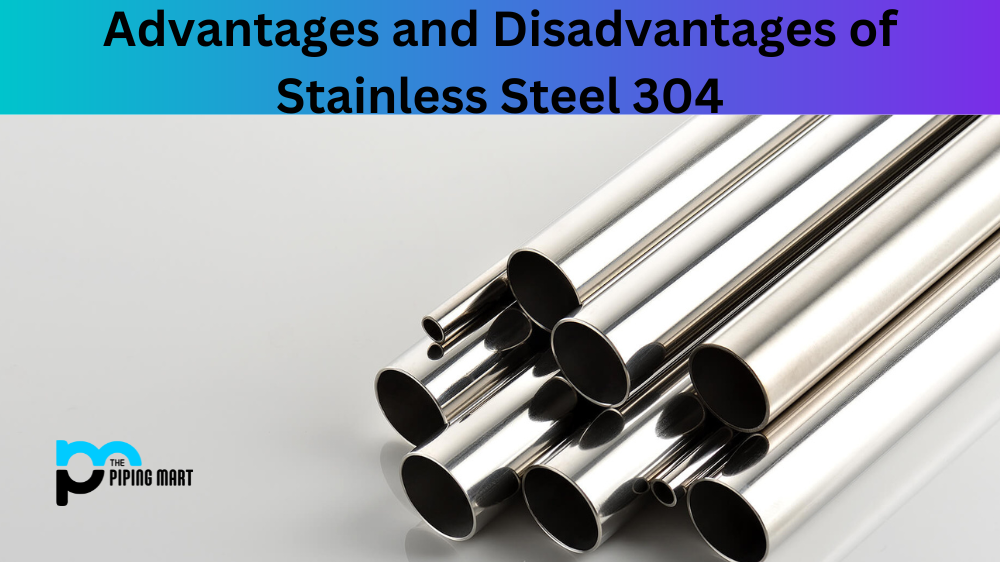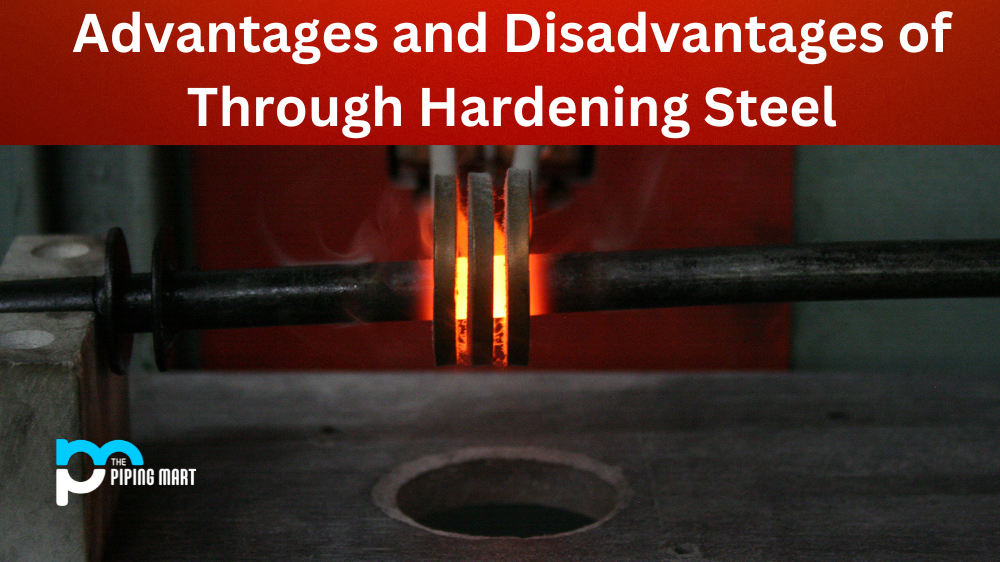Stainless steel 304 is one of the most common types of stainless steel. It has many applications and is often used in manufacturing due to its durability, strength, and corrosion resistance. In this blog post, we will discuss the advantages and disadvantages of stainless steel 304, so you can decide if it’s suitable for your project.
Advantages of Stainless Steel 304
Stainless steel 304 offers many benefits, making it an excellent choice for all projects. Here are some of the main advantages:
Durability
Stainless steel 304 is highly durable and can withstand wear and tear and extreme temperatures without compromising its structure or integrity. This makes it ideal for applications where materials must withstand harsh conditions without damage or weakness.
Strength
Stainless steel 304 offers superior strength compared to other metals, which makes it great for applications that require heavy-duty materials that won’t bend or break easily.
Corrosion Resistance
One of the most significant advantages of stainless steel 304 is its ability to resist corrosion. The metal is highly resistant to rusting, which makes it ideal for outdoor applications where weather conditions can be unpredictable.
Versatility
Stainless steel 304 can be used in various applications thanks to its versatility. The metal can be machined into complex shapes or welded together easily, allowing you to create a wide range of products, from kitchen appliances to automotive parts.
Disadvantages of Stainless Steel 304
Although many advantages are associated with stainless steel 304, there are also some potential drawbacks that must be considered before choosing this material for your project. These include:
Cost
As a premium material, stainless steel 304 is more expensive than other metals such as aluminum or carbon steel. Using this material may not always be feasible, depending on your budget constraints.
Heat Sensitivity
While stainless steel is highly durable and robust, it isn’t necessarily the best choice when working with extreme temperatures as it can become brittle when exposed to very high heat levels over long periods. Additionally, welding stainless steel at too high a temperature can cause warping and distortion in the final product, so care must be taken when working with this type of metal at high temperatures.
Weight
Due to its density, stainless steel304 tends to be heavier than other metals such as aluminum which may make it unsuitable for specific projects where lightweight materials are needed, such as aircraft components or bicycle frames.
Conclusion
Overall, many benefits are associated with using stainless steel304 in manufacturing projects, thanks mainly to its durability, strength, corrosion resistance and versatility. However, before making a decision, care should always be taken considering any potential drawbacks such as cost, heat sensitivity, and weight. Ultimately, you should have no problem finding the perfect solution for your specific needs by weighing both sides carefully.

Abhishek is a seasoned blogger and industry expert, sharing his insights and knowledge on various topics. With his research, Abhishek offers valuable insights and tips for professionals and enthusiasts. Follow him for expert advice on the latest trends and developments in the metal industry.




